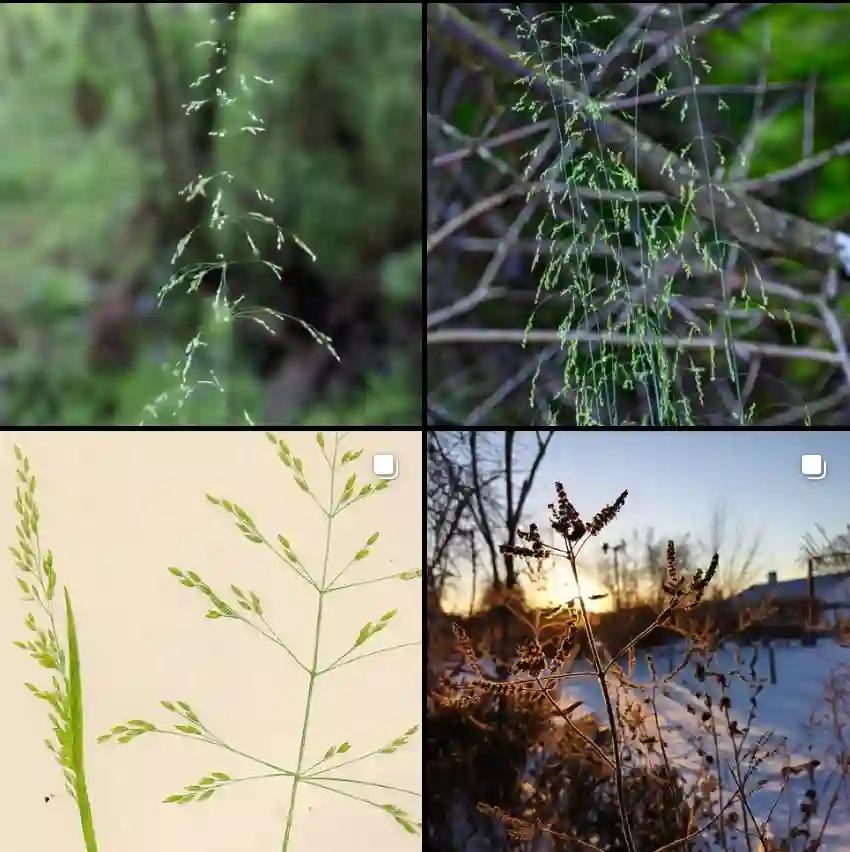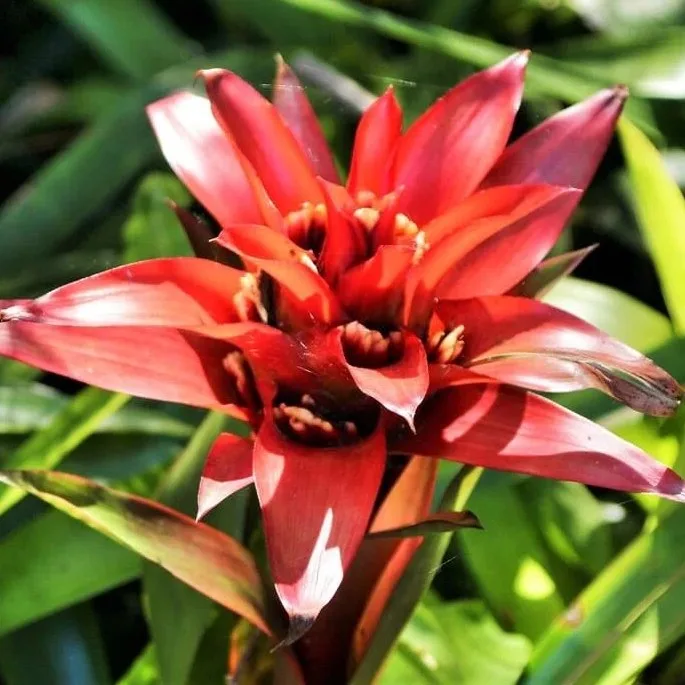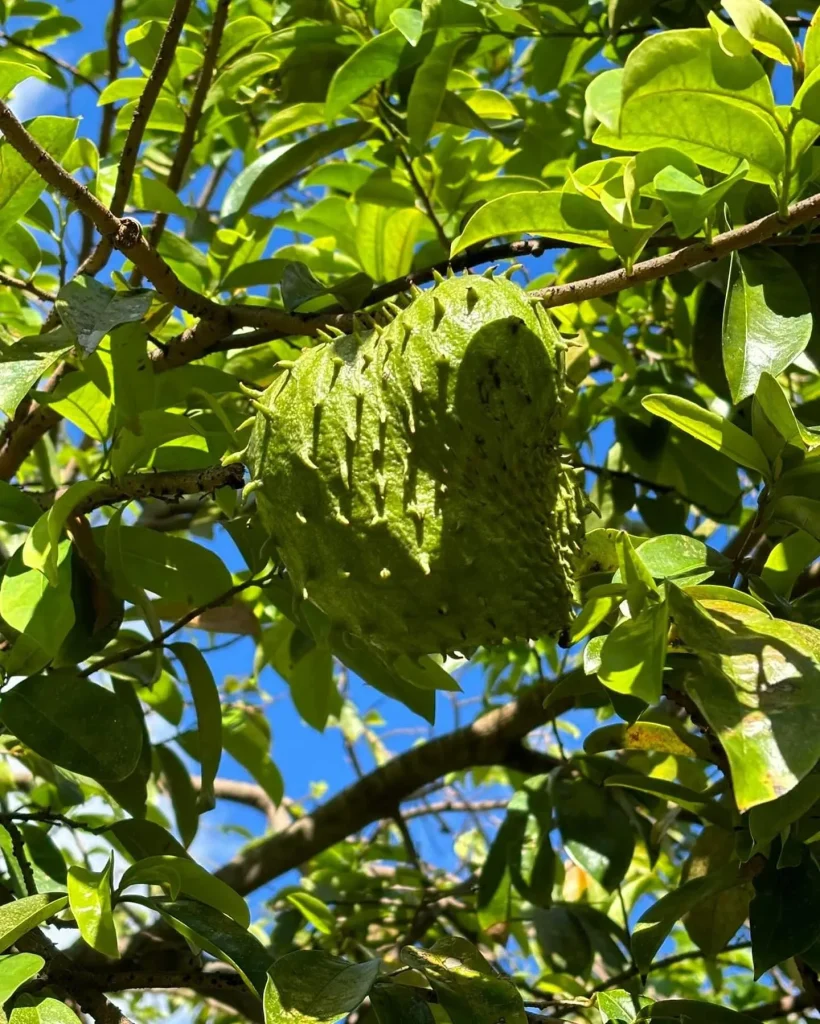FAQs About Bromus Tectorum
As an enthusiastic plant lover and gardener, I’ve encountered many questions about Bromus Tectorum, commonly known as cheatgrass. This plant has a fascinating presence in various ecosystems, and understanding it can really enhance our gardening practices. Here’s my exploration of some frequently asked questions about this species.
174 Species in Genus Bromus
What is Bromus Tectorum?
Bromus Tectorum is a winter annual grass that is native to Europe and Asia but has become widespread across North America. Its tall, slender stems can reach heights of up to 30 inches, and it produces distinctive feathery seed heads. I often find it growing in disturbed areas, roadsides, and open fields, showcasing its adaptability and resilience.
Is Bromus Tectorum a Pioneer Species?
Yes, Bromus Tectorum is considered a pioneer species. It plays a critical role in the early stages of ecological succession. When an area is disturbed, such as after a fire or soil erosion, this grass can quickly establish itself, helping to stabilize the soil and create a more favorable environment for other plant species. In my garden, I’ve noticed that introducing such species can help prepare the ground for more sensitive plants to thrive later on.
How to Care for Bromus Tectorum?
Caring for Bromus Tectorum is relatively straightforward. Since it thrives in a variety of soil types and can tolerate drought, it requires minimal maintenance. However, I’ve found that ensuring it receives full sun enhances its growth. Watering is generally not necessary unless you’re in an exceptionally dry period, but a little extra moisture can promote lush foliage.
How to Propagate Bromus Tectorum?
Propagation of Bromus Tectorum is primarily through seeds. The seeds can be sown directly into the soil in the fall or early spring. I’ve had success simply scattering seeds over prepared soil and lightly raking them in. Keeping the soil moist until the seeds germinate is crucial. After that, the grass tends to take care of itself.
What to Plant With Bromus Tectorum?
When considering companion plants for Bromus Tectorum, I recommend mixing it with other drought-tolerant species. Plants like yarrow or sage thrive alongside it and can create a beautiful, natural look. Additionally, these companions can help deter pests and attract beneficial insects, which is always a plus in my gardening endeavors.
Can You Grow Bromus Tectorum Indoors?
Growing Bromus Tectorum indoors is possible, but it’s not typically recommended. The grass prefers outdoor conditions where it can fully express its growth potential. If you’re looking for indoor grasses, consider more suitable options like Ficus or ornamental grasses that thrive in containers. However, if you’re determined, ensure your indoor space gets plenty of sunlight and has good ventilation.
Is Bromus Tectorum Toxic?
One of the great things about Bromus Tectorum is that it is non-toxic to humans and pets. This makes it a safe choice for garden spaces frequented by children and animals. I always appreciate plants that don’t pose health risks, allowing for peace of mind while enjoying the outdoors.
Benefits of Bromus Tectorum
Bromus Tectorum offers several benefits. Beyond its role as a pioneer species, it can provide ground cover that helps prevent soil erosion. Additionally, its presence can enhance biodiversity in a garden. I’ve found that having a mix of grasses like Bromus Tectorum can create a more balanced ecosystem, attracting various pollinators and beneficial insects.
Common Problems with Bromus Tectorum
Despite its resilience, Bromus Tectorum can face challenges, particularly in managing its spread. It can be aggressive and may outcompete more desirable native plants. In my experience, keeping an eye on its growth and being proactive about removal in certain areas can help maintain balance in the garden.
How Does Bromus Tectorum Compare with Other Grasses?
When comparing Bromus Tectorum with similar species, such as Poa pratensis (Kentucky bluegrass), the differences become clear. While Kentucky bluegrass is often favored for lawns due to its dense growth and lush appearance, Bromus Tectorum excels in disturbed areas and offers rapid soil stabilization. Understanding these distinctions can help in choosing the right grass for specific gardening needs.
Conclusion
Bromus Tectorum is a fascinating grass with a range of roles and benefits in our ecosystems. Whether you’re considering it for its pioneer capabilities or its low-maintenance nature, it’s a versatile addition to any garden. By understanding how to care for and work with this species, I’ve found that it can enhance not only the garden’s health but also the enjoyment of the natural world around us.
If i die, water my plants!



